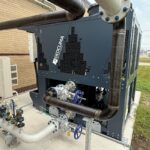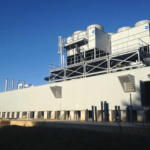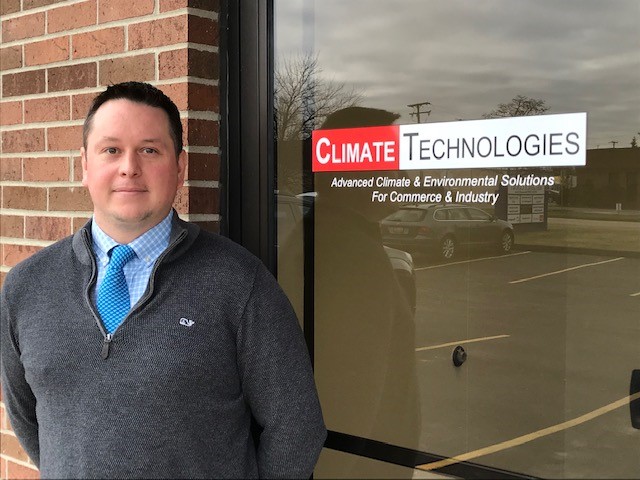
As one of Climate Technologies’ Outside Sales Engineers, Max is responsible for selling Climate Technologies’ more technically complex systems. With twelve years of experience in the building design and construction field, Max specializes in HVAC/R system design, project management, equipment application engineering and sales.
Max holds a Bachelor of Science degree in Mechanical Engineering from the University of Detroit Mercy, and is a licensed engineer in the State of Michigan.


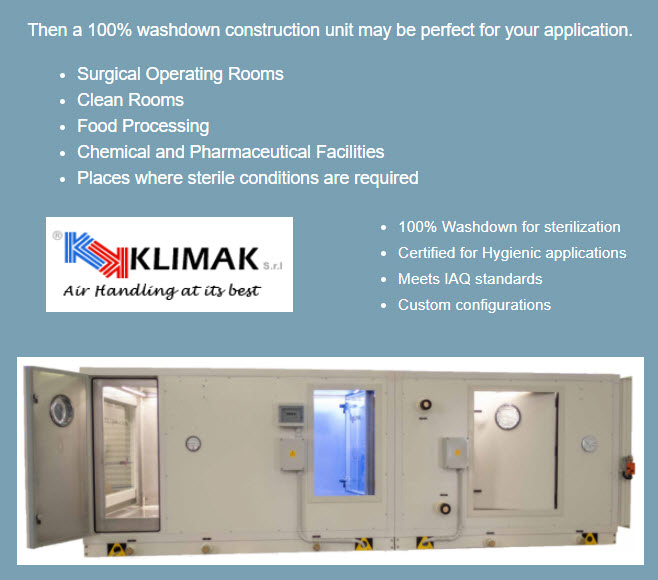


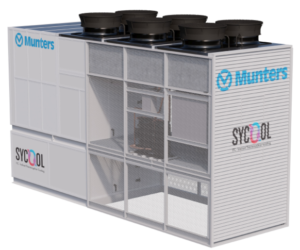
 Climate Technologies now offers cost-effective equipment rental for temperature and humidity control through our partner Polygon.
Climate Technologies now offers cost-effective equipment rental for temperature and humidity control through our partner Polygon.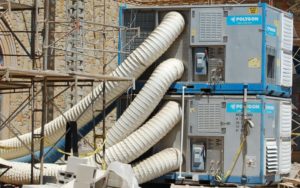 Polygon supplies as much or as little as you need. They can provide ductwork, inlet/outlet transitions, oversize blowers, high static blower units, transformers, and gas or steam-regenerated dehumidifiers.
Polygon supplies as much or as little as you need. They can provide ductwork, inlet/outlet transitions, oversize blowers, high static blower units, transformers, and gas or steam-regenerated dehumidifiers.